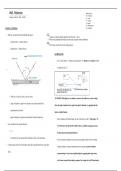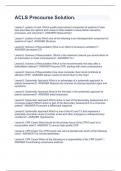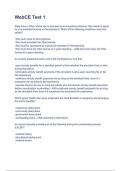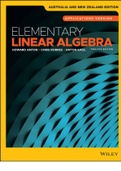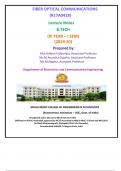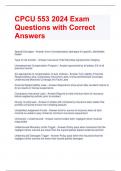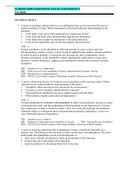Summary
Summary LAB NOTES: WEEK 3 OF PHYSICS 3LC AT UCI
- Institution
- University Of California - Irvine
Typed notes covering Physics Lab (3LC) week 3 lab theory and experiment. Contains notes corresponding to lab sections 3.1.1 - 3.1.4 and labeled diagrams.
[Show more]
